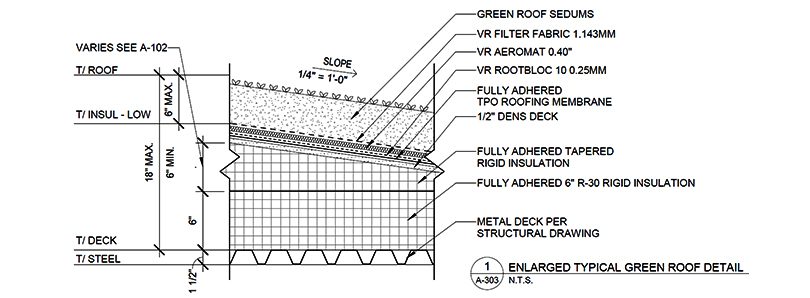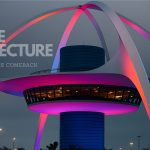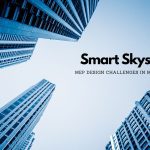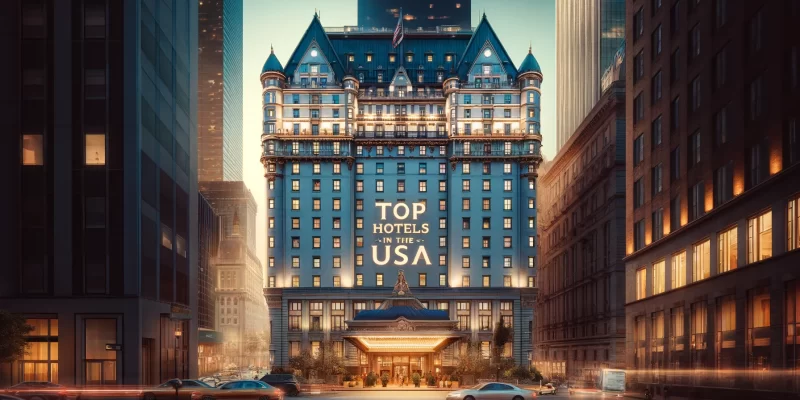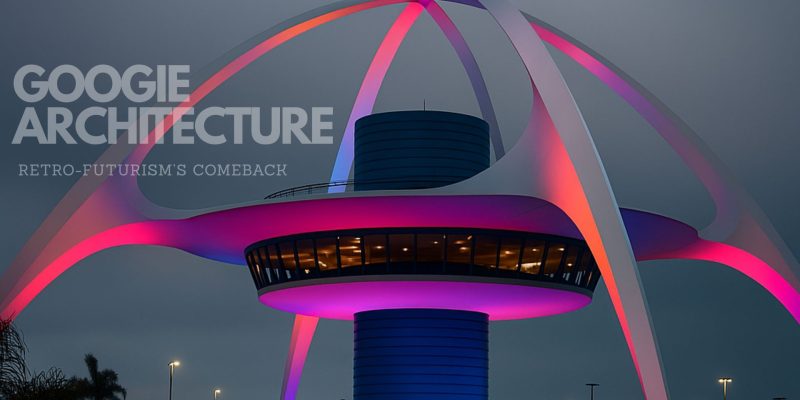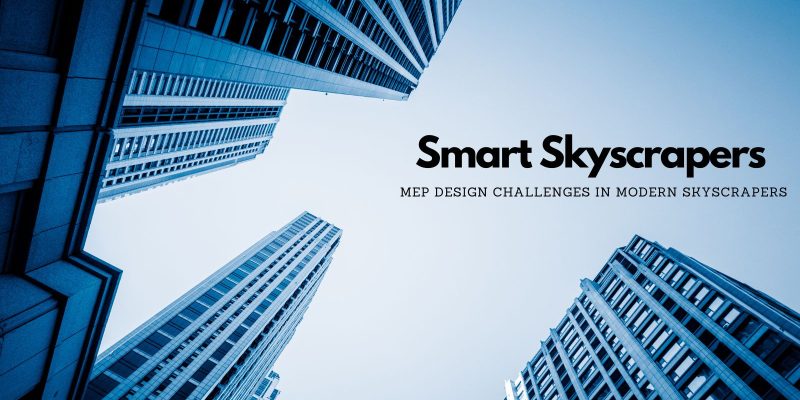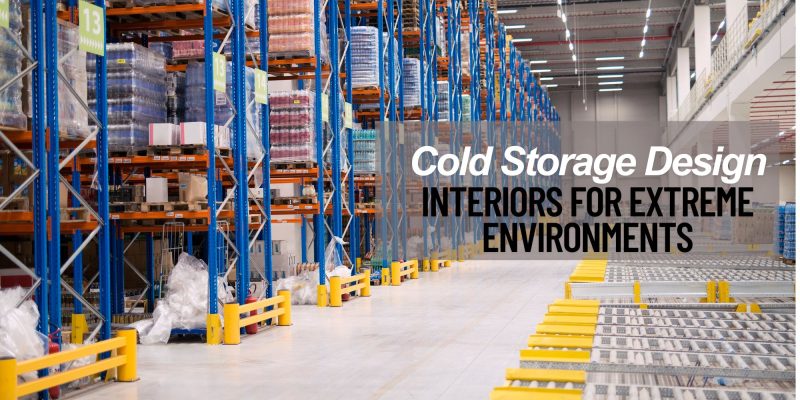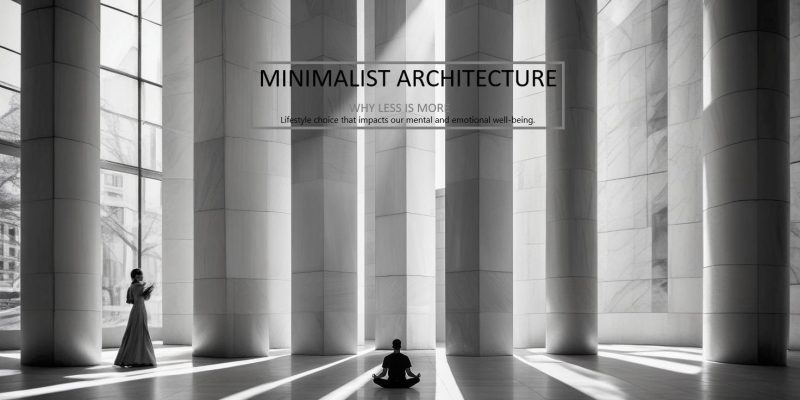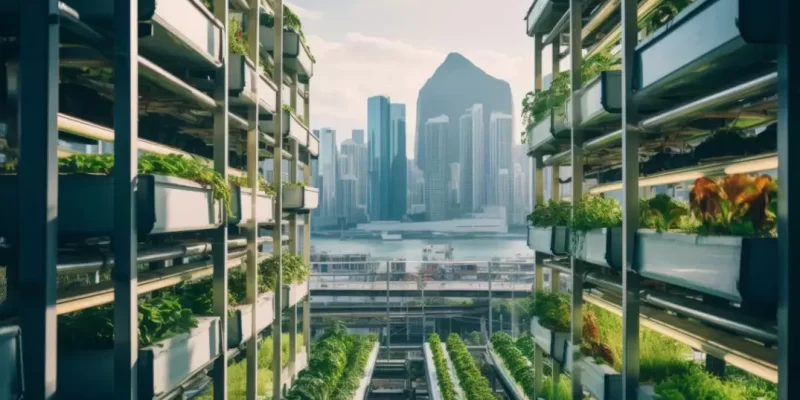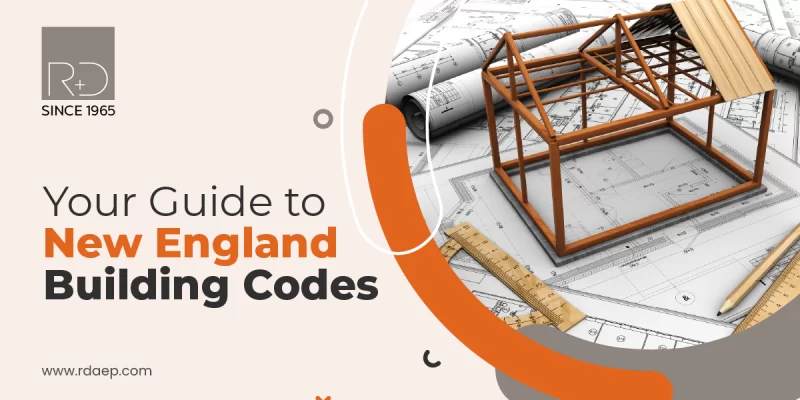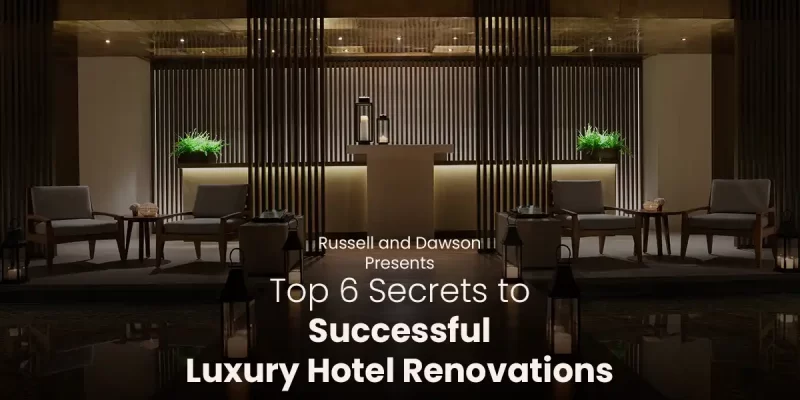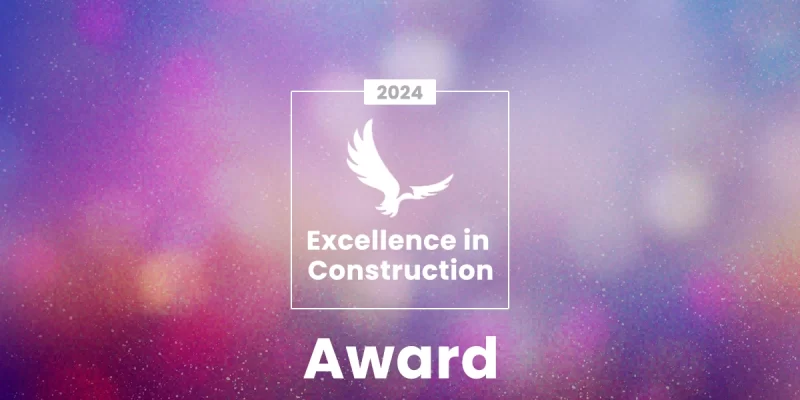Green Roof at New Danbury Proton Therapy Centre in Connecticut.
“Green” anything these days is an intriguing matter and a trendy expression, sometimes wholeheartedly embraced, or politically charged, in some cases even scoffed at. However, the design adjective of any Architectural or Engineering Design firm ought to be acknowledged as a common-sense approach and a sign of regard for both our natural and built environments.
But what establishes “building green” and what does sustainability mean in the context of building design? In the United States, the Office of the Federal Environmental Executive characterizes green structure as “the act of increasing the efficiency with which structures and their sites use energy, water, and materials, and lessening building impacts on human wellbeing and the environment, through better siting, plan, development, activity, maintenance, and expulsion, the complete building life cycle.”
Green rooftops are growing up increasingly more on structures around the world, from private homes and schools to recreational and commercial buildings. Made with assortments of succulents, grasses, wildflowers, and herbs on a few primary layers—including a waterproof membrane and levels for waste, protection, and filtration—these self-supporting living design elements can bring beauty to metropolitan structures or associate rural structures to their encompassing landscapes. The sky-high gardens additionally have a wide range of environmental advantages, like the ability to absorb carbon dioxide, lessen stormwater runoff, limit heat absorption, and provide habitats to insects, birds, and other wildlife. Factor in lower heating and cooling costs, extended roof life, and tax incentives (contingent upon the city). Thus, it is quite visible that the green roof trends are continuing to grow these days.
Green Roofs can:
- Heat mitigation, Air quality improvement, erosion and Sedimentation control
- Help purify the air and stormwater management;
- Utilize local and reused materials;
- Extend the existence of the roof;
- Improve aesthetics;
- Increased points in LEED rating system
- Increased building marketability
- Emerging synergy with solar power
- Create greenspace for people and wildlife while giving a mental and physical break from urban surroundings
- Wildlife habitat creation, conservation, and restoration
- Economic benefits
- Reduced Energy consumption and costs
- Increased developable space
- Reduced local impact fees and increased incentives
- Appealing to Biophilia
- Making employees happier
- Fostering a sense of community
As Architectural designers, and local area and business pioneers, we can pick to mitigate the many adverse consequences of a structure’s footprints by incorporating various green design principles. As an option in contrast to forcing our constructed structures onto the land disregarding the capacity of under-utilized rooftop surfaces (beyond waterproofing), we can incorporate green roof engineering as a way of designing with nature to evoke displaced landscapes and re-establish a measure of green space.
Imagine seeing down from a plane with a 10,000-foot perspective. Instead of seeing immense regions of concrete or dark tar rooftops, you see moving stands of flowering, multi-hued plants.
These situations are technically possible, and green roofs do not require special high-tech designs. However, these are engineered frameworks comprising of different material layers which must work in tandem to perform effectively.
Green Roof Types: Extensive and Intensive
Extensive Green Roofs:
Extensive green roofs utilize less and more slender build-up layers and thus are lighter and more affordable. They are utilized when the owner primarily desires a biological rooftop cover with restricted or no entrance for recreation. Less growth media is utilized, and the proper plants are low-developing, solid Alpine types.
Plants for extensive green roofs should be tolerant to high heat, drought, wind, and snow. They should likewise be self-regenerative in nature and have low maintenance necessities overall.
Media depths range from one inch up to around six inches. A popular misconception is that a flat rooftop is great, however, they present drainage issues. Ideally, a rooftop ought to have a delicate incline of at minimum 1.5 – 2% to allow for regular drainage properties. For the most part, extensive green roofs can be installed on inclines of up to 30°, despite the fact that there are green roofs with 40° slopes. Reinforcement will be vital at more extreme pitches utilizing cross secures or underlying matrix designs to hold the plants and designed soil in place, as well as to manage wind shear.
Roofs with solid breeze elevate or with slants 15° and higher ought to be protected during foundation with an erosion control net as jute or other regular biodegradable fiber. The roofs are suitable for low-sloped residential roofs and retrofits. Mostly desert grasses and succulent plants are used which does not require watering after a year. The annual spring weeding of tree seedlings and weeds is bought in by birds and winds.
Intensive Green Roofs:
Intensive green roofs look more like a customary rooftop garden. They can incorporate a lot more extensive assortment of plants (like blooming bushes, vegetables, and even trees). Depths start at around six inches up to 15 feet.
The primary distinction between a rooftop garden and an escalated green roof is that a green roofing system is applied on top of the whole rooftop deck surface, allowing unrestricted drainage and weight distribution over the whole roof.
Architectural accents like cascades, lakes, seating regions, can be essential for a concentrated green roof framework. Such rooftops can provide recreation regions where individuals can associate with nature and with one another. These frameworks can utilize the neglected rooftop space by making dynamic regions for contemplation and play. The rooftops are fully landscaped and require regular maintenance similar to any garden.
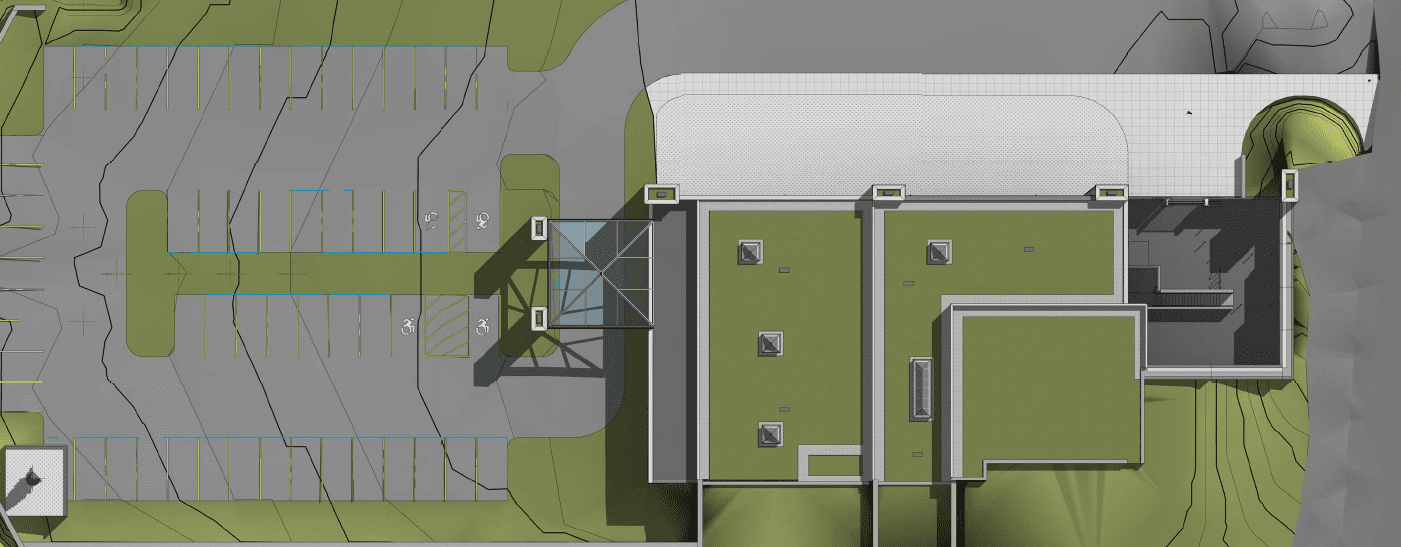
Russell and Dawson provided Green Roof plans for the New Danbury Proton Therapy in Connecticut with a 6” green roof fully adhered to TPO roofing membrane as shown in the image above.
Conclusion
With green roofs, we can make a choice to design with nature, instead of against her. Green roofs can assist with moderating a portion of our most pressing urban development issues, while likewise permitting us to receive financial rewards through reducing different structure-related expenses and advancing a growing design and construction industry. The natural green roof design can really help restore the health of the Earth’s environment.
